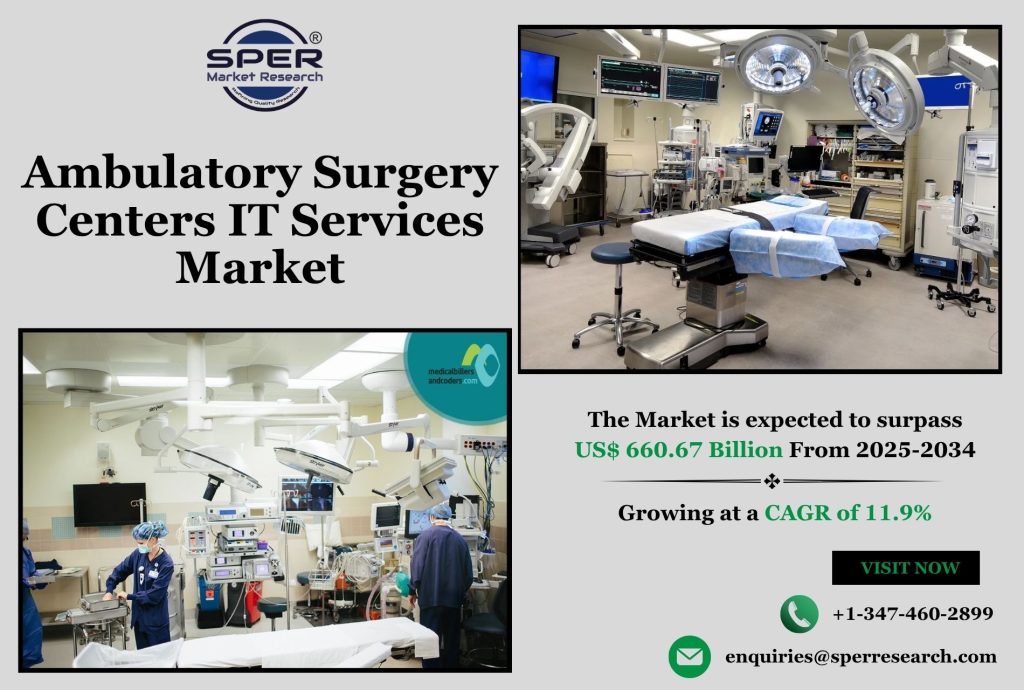Veterinary eye care is a specialised speciality of veterinary medicine that focusses on the diagnosis, treatment, and management of eye problems and diseases in animals. Veterinarians are educated to detect and treat a variety of visual problems, such as infections, injuries, cataracts, glaucoma, and retinal damage.
According to SPER market research, ‘Global Veterinary Eye Care Market Size- By Type, By Animal Type, By Route of Administration, By Indication, By Sales Channel – Regional Outlook, Competitive Strategies and Segment Forecast to 2034’ state that the Global Veterinary Eye Care Market is predicted to reach 8.27 billion by 2034 with a CAGR of 5.68%.
Drivers:
The rise in demand for eye care products can be attributed to pet owners’ increased awareness of the significance of animal eye health. More effective treatment options are being made available by developments in veterinary ophthalmology, which is driving market expansion. The need for specialised care is also being driven by an increase in pet ownership, particularly in metropolitan areas. Access to eye care for animals is also being improved via increased veterinary clinics and hospitals, as well as improved availability of eye care services and goods.
Request a Free Sample Report: https://www.sperresearch.com/report-store/veterinary-eye-care-market?sample=1
Restraints:
The high cost of veterinary eye care can be difficult for pet owners, especially those with tight budgets. Advanced tests, surgeries, and special medications can be very expensive, possibly leading to delays in treatment. This may harm the health of pets with eye issues. Regulatory rules and approval processes also create challenges for developing and selling veterinary eye drugs and devices. These rules differ by region, making it hard for companies to comply. Delays in approvals can slow down the release of new treatments and reduce choices for veterinarians and pet owners. In 2024, North America accounted for the largest share. With a significant percentage of families owning one or more animals, North America has one of the highest rates of pet ownership in the world. The industry is dominated by North America because of the region’s massive pet population, which increases demand for veterinary services like eye care. The need for improved veterinary care, particularly speciality eye care services, is driven by pet owners’ significant emphasis on the health and wellbeing of their companion animals. Some of the key market players are Reichert, Inc, Boehringer Ingelheim, Merck & Co., Inc, Zoetis Services LLC, Dechra Pharmaceuticals, Sandoz, and others.
For More Information, refer to below link: –
Veterinary Eye Care Market Share
Related Reports:
Follow Us –
LinkedIn | Instagram | Facebook | Twitter
Contact Us:
Sara Lopes, Business Consultant — USA
SPER Market Research
enquiries@sperresearch.com
+1–347–460–2899









